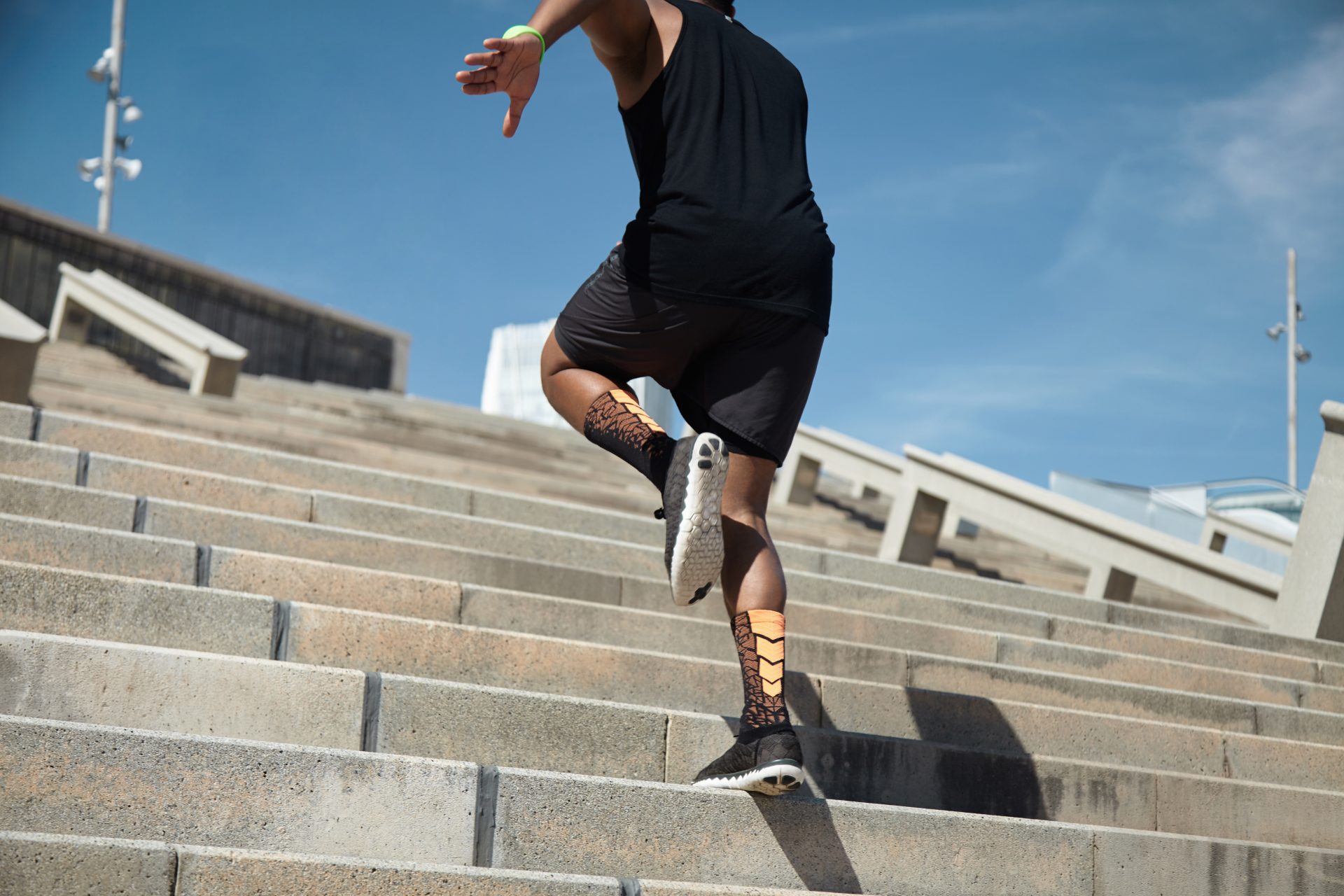Elite athletes tolerate amazing amounts of training volume compared to most of us recreational exercisers. This is the result of years building up their bodies resilience to deal with the demands of their profession. While we do not have access to the same resources as professionals, when it comes to recreational exercise it is not necessary to spend big to achieve improvements.
If we look at endurance athletes such as runners (e.g. upwards of 10km), triathletes or iron men/women, considering the amount of training they accumulate week-week, it would be impossible to stay race-ready and injury free if all of this was being done at race pace. Recently there has been more information and research around the ‘80/20’ training method filtering down to recreational athletes.
The basic outline of 80/20 training is performing 80% of training at below threshold intensity (easy pace/intensity) and the remaining 20% at or above threshold. It is noted by a lot of experts in this area (namely Matt Fitzgerald) that recreational athletes perform a majority of their training at moderate intensity which means when they do try to improve fitness or performance with high intensity sessions their body lacks the energy and/or ability to achieve adaptations. A common presentation of this is people who commence exercising and see initial improvements but then hit a road black or see performance plateau.
Training in the 80% range is actually quite hard to do because it requires people to actively ‘pull back’ and slow their natural pace (usually sits at moderate intensity). By exercising at this easier pace though we can exercise for longer periods meaning we train our bodies to tolerate longer bouts of exercise and help our bodies learn to use alternate fuel sources such as fat stores. Training in the 20% high intensity range helps improve fitness and VO2 performance. High intensity training despite accounting for only 20% of the training program is equally important for building up our bodies ability to handle exercise and improve performance when it comes to racing and competing.
To summarise do not be afraid to go slow and ensure there is the structured higher intensity run in your program (this will also break up the boredom).

